The week got off to a less-than-stellar start when a rat snake tried to eat one of the younger killdeer. Luckily, I was just down the hall, heard the commotion, and walked in to find a rat snake hanging on the wall with one of my babies in his mouth. I snatched him down to the floor and forced his jaws open so that he dropped the killdeer on the floor. A cursory one-handed exam indicated the poor baby was in shock; a more detailed exam had to wait until the snake was dispatched. I marched him onto my porch, planted my foot in his back and used the porch floor for leverage so I could operate the loppers one-handed—the other hand still had a stranglehold on his neck. Once he was summarily executed, with extreme prejudice, as a colleague likes to say, I gave the killdeer a more detailed exam. He was missing down from his neck and scared witless but otherwise unharmed. Given their high stress levels, however, I worried for the next 24 hours. I’m happy to report he’s doing well almost a week later! His sibs are fine, as well.
The mocker they brought died that night, probably from infection in the still very swollen fractured wing.
The snake-bitten red tail died Sunday night, despite our best efforts. And yes, it sucked to lose him when he was fighting so hard and showing some improvement.
The red tail recovering from a wing fracture continues to mend and will be due for follow-up x-rays soon, as will the pileated woodpecker, also recovering from a wing fracture.
The red shoulder quintet is ready for release, having passed their live prey test this week. They’d be gone now, but we’ve had a week of near-steady high rain chances and humidity levels that have wreaked havoc with my nerves. No photos of them, as now the mere act of walking in the raptor flight should qualify for hazard pay. I tuck my head, deliver the food and get out before I get whacked by strafing red shoulders!
Next up for the raptor flight will be the screech, who’s going stir-crazy. I give him maybe two weeks before he passes his live prey test and is good to go. He thinks he’s good to go now!
In other good-to-gos, three of the older killdeer quartet are ready for release. The fourth developed some sort of neurological issue Friday afternoon. He was standing normally Friday morning; he was unable to stand and looked as if he’d broken his leg Friday afternoon. I took him to Smalley’s for x-rays, which showed nothing. Vet Richie Hatcher suggested something neurological and we tried steroids, with no results as of today. Sadly, I’m going to have to euthanize the poor fellow.
Look at the change in the red belly in just a week! No photos of the thrashers; they’ve decided they hate the paparazzi and freak out when I aim even my phone camera at them.
People, no rehabber can guarantee that a bird they tell you to re-nest or place in the bushes for the parents to locate will be safe. There are numerous factors we don’t control: hawks, owls, outdoor cats, coyotes, snakes…the list is endless. The point is, IF the baby can be reunited with its parents, that’s normally the route we’re going to suggest, because the parents will do a better job of raising their babies than we ever could. Placing it back where the parents can find it exposes the bird to the same risks it’s faced since hatching. It’s nature, “red in tooth and claw.”
However, if there are obvious risks, like a free-roaming cat, we’ll recommend bringing the baby to us for safety’s sake.
In this case, the caller said they had a free-roaming outdoor cat, because they live “in the country.” Well, guess what? So do I, so far in the sticks that we nearly have to have our sunshine piped in, but I don’t use that as an excuse to allow my cats to roam outside. If anything, it’s more of a reason to keep them in: rural areas are more prone to packs of coyotes, bobcats, great horned owls and other predators who’d love a nice cat-snack.
My lecture to this effect fell on deaf ears. The mocker arrived an hour later.
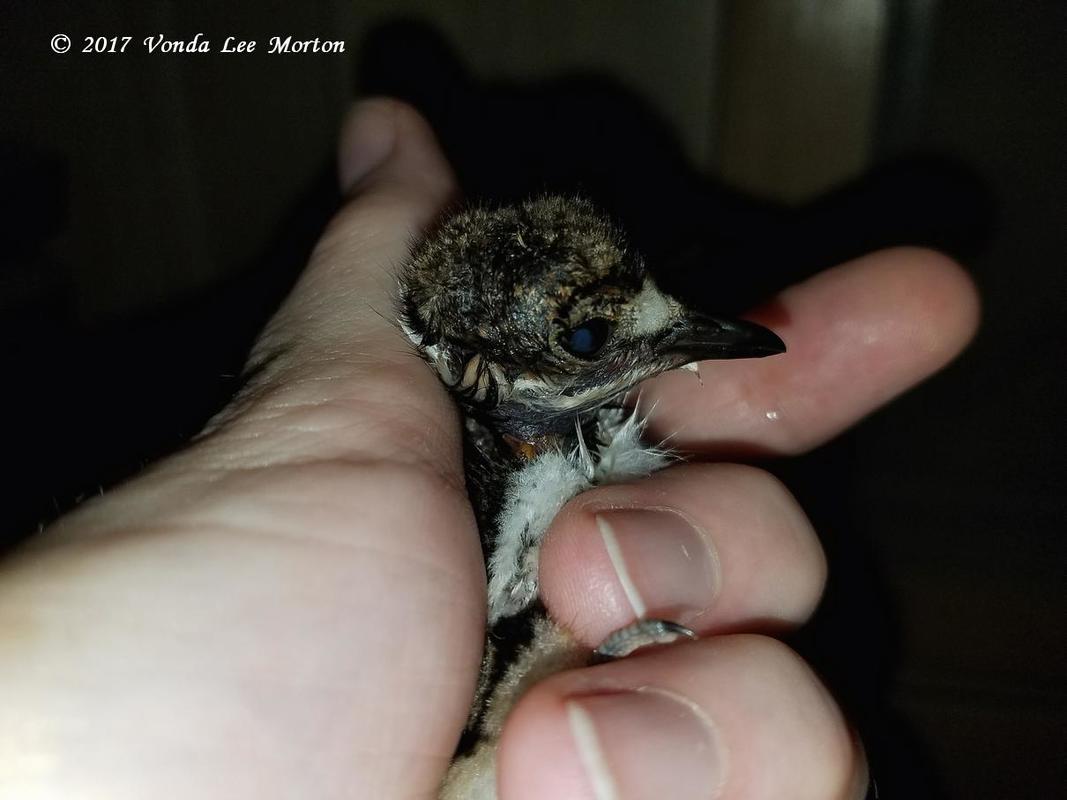
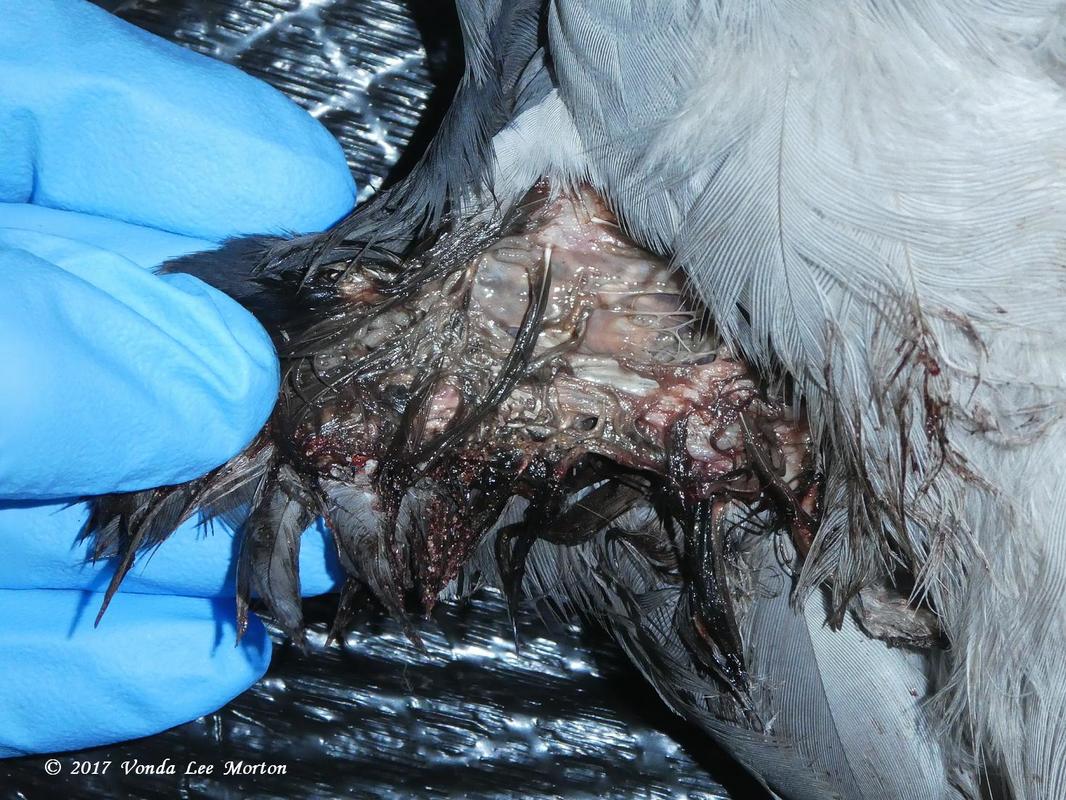
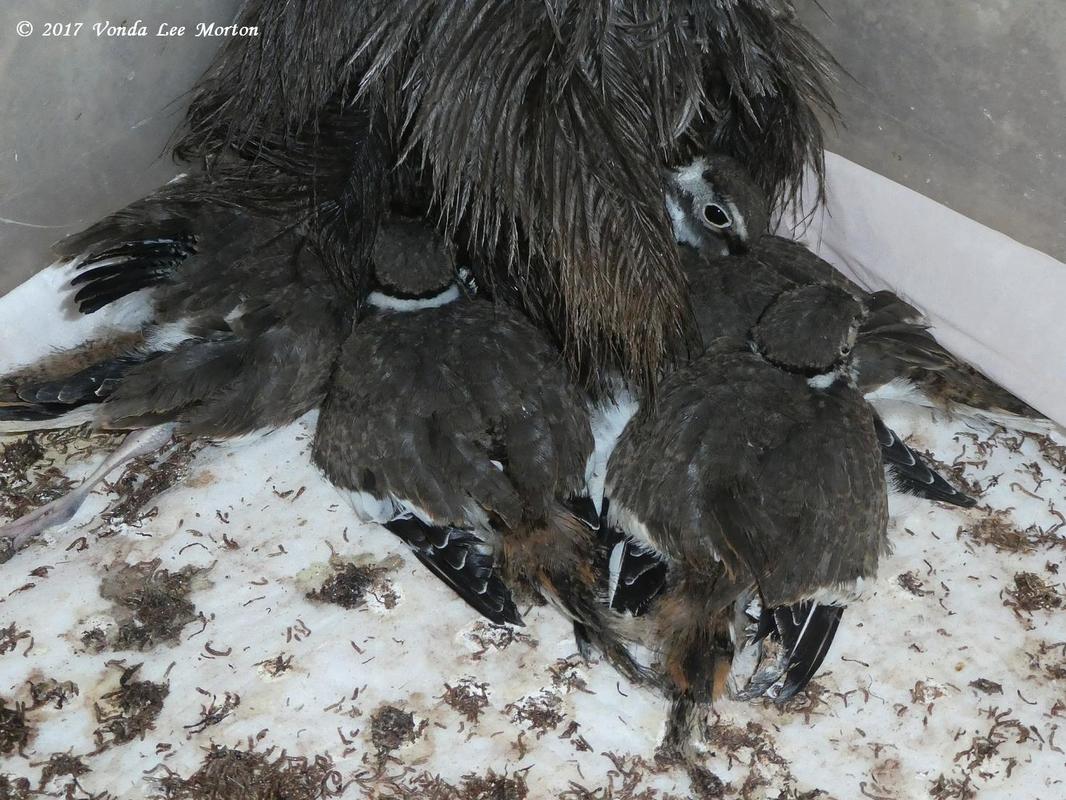
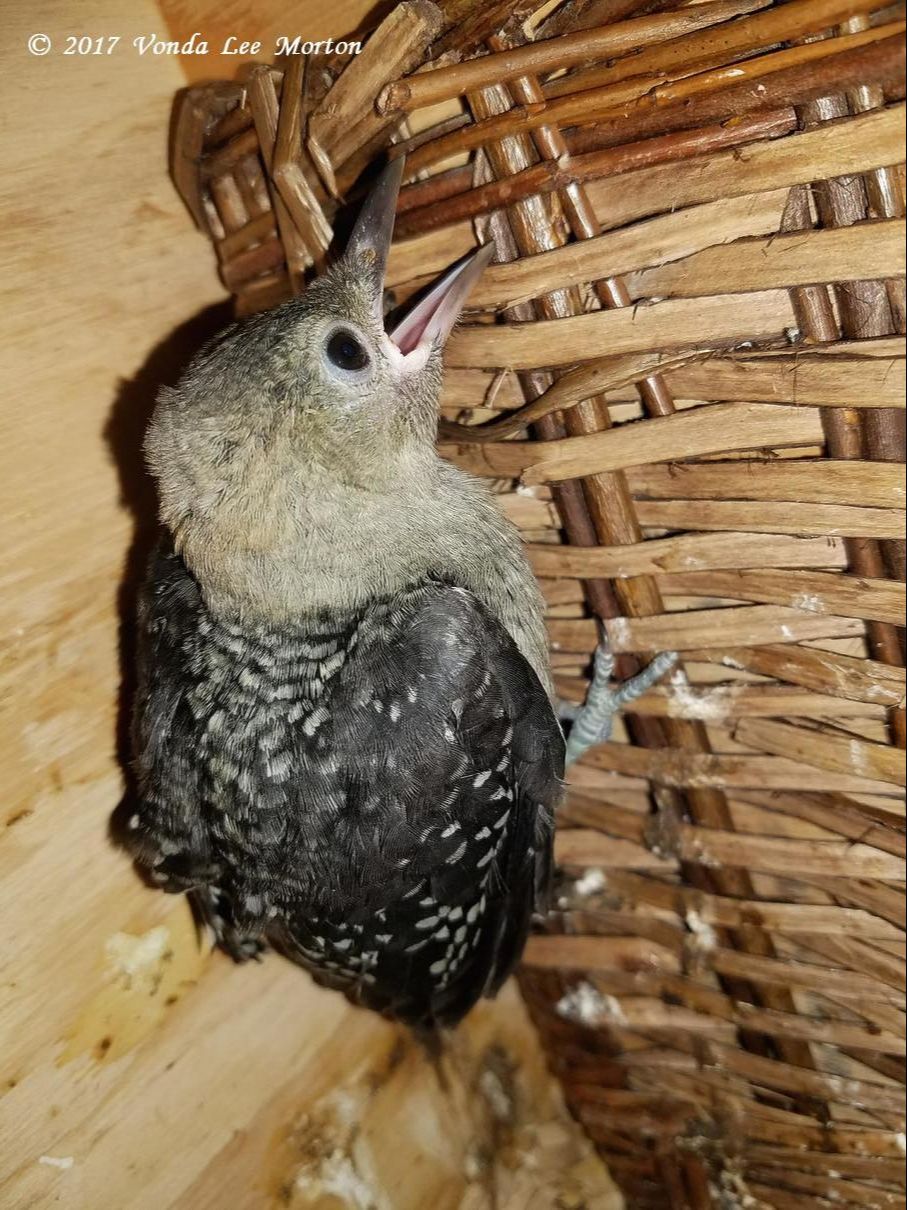
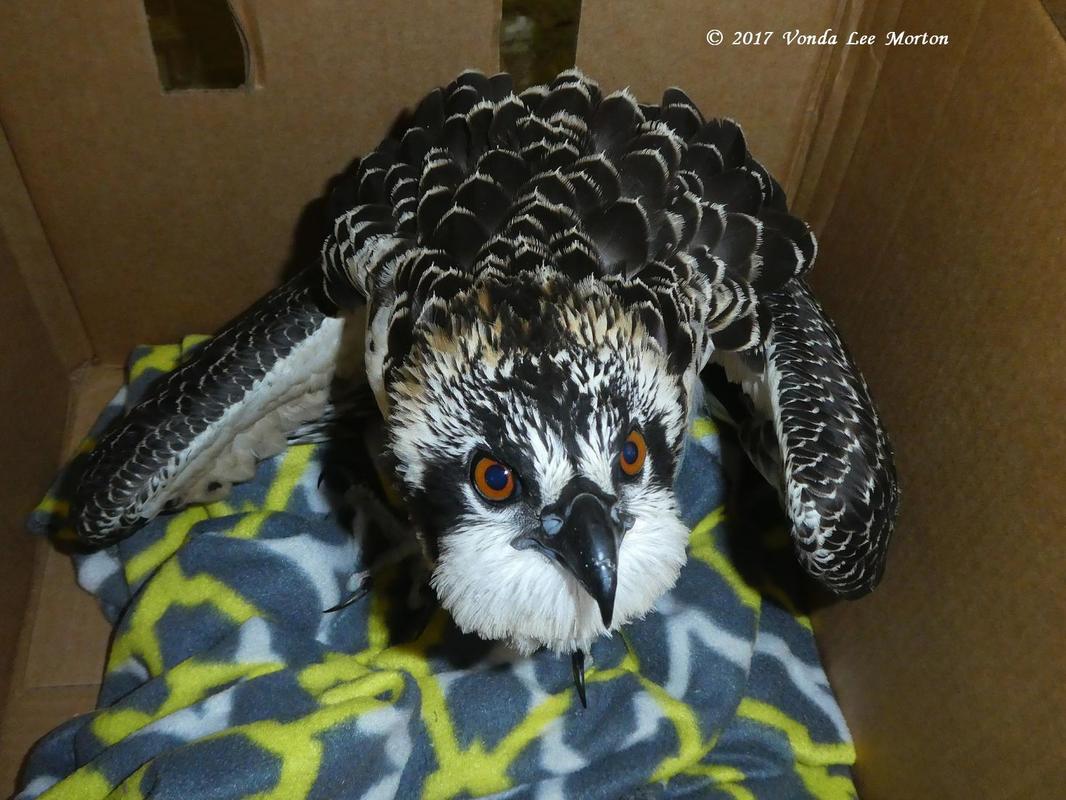
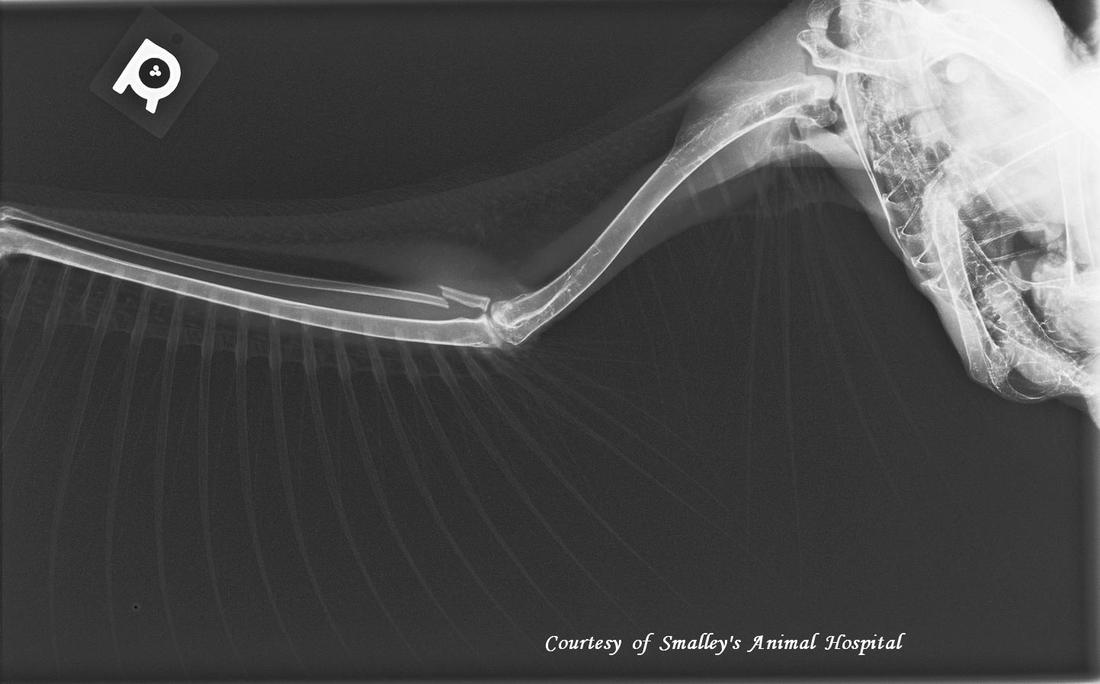
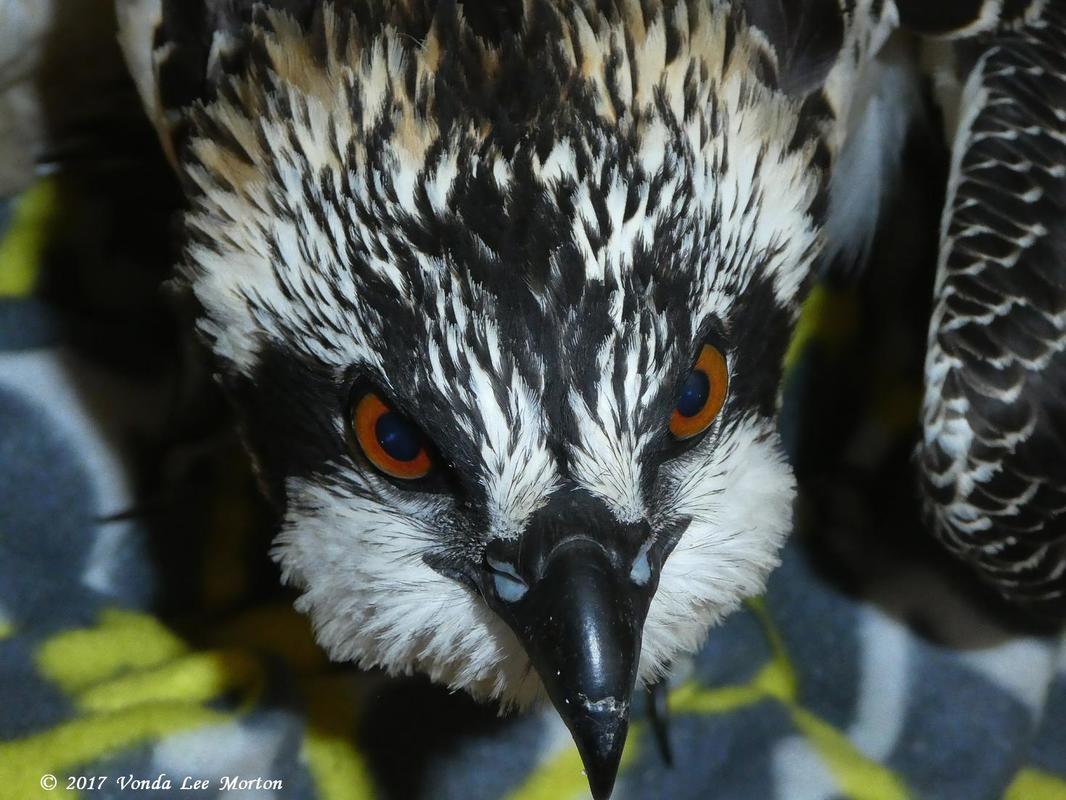
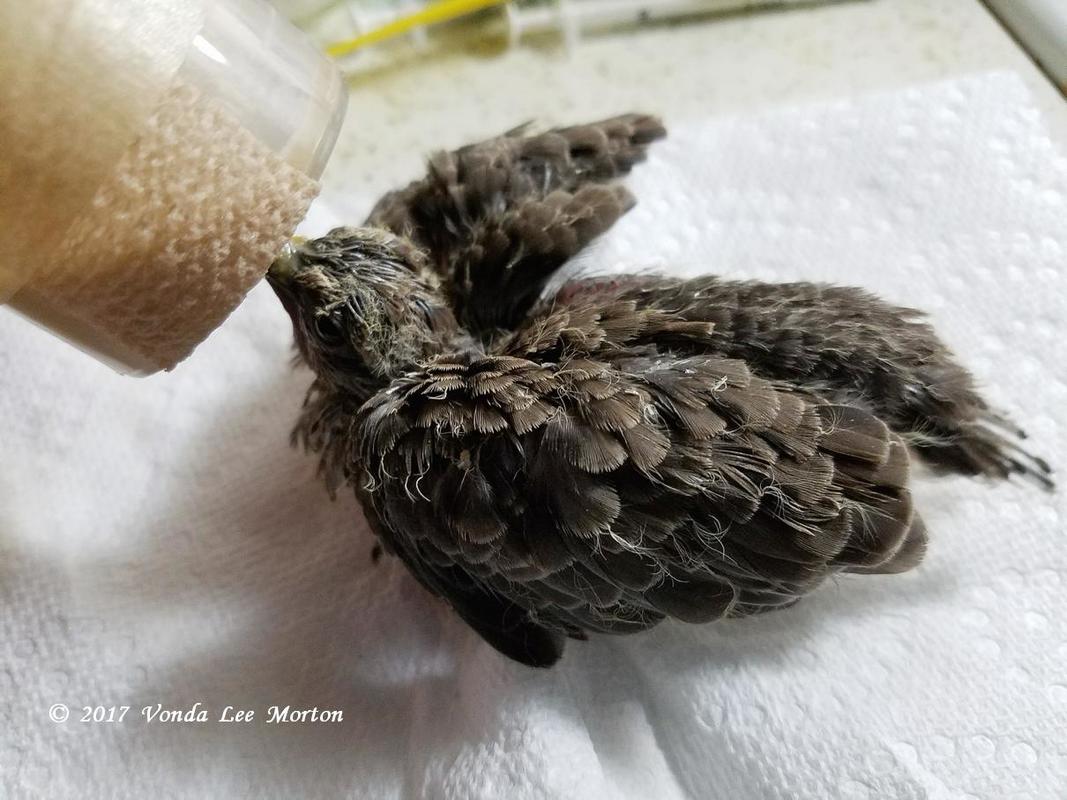
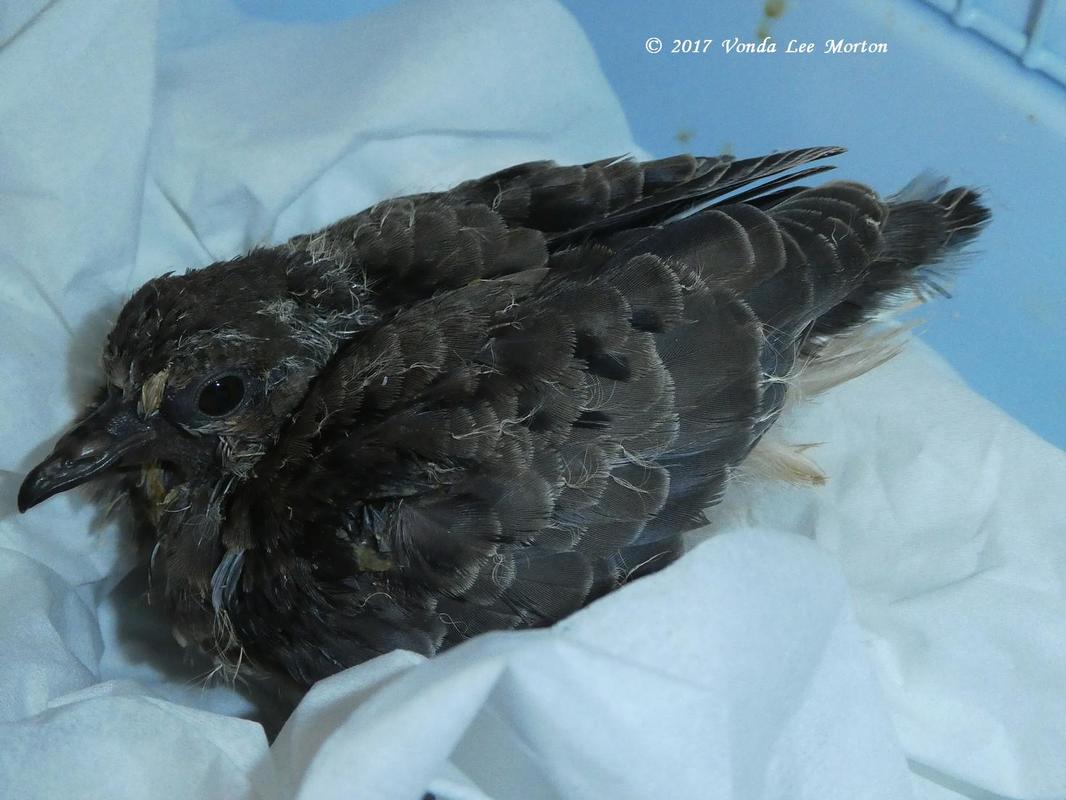
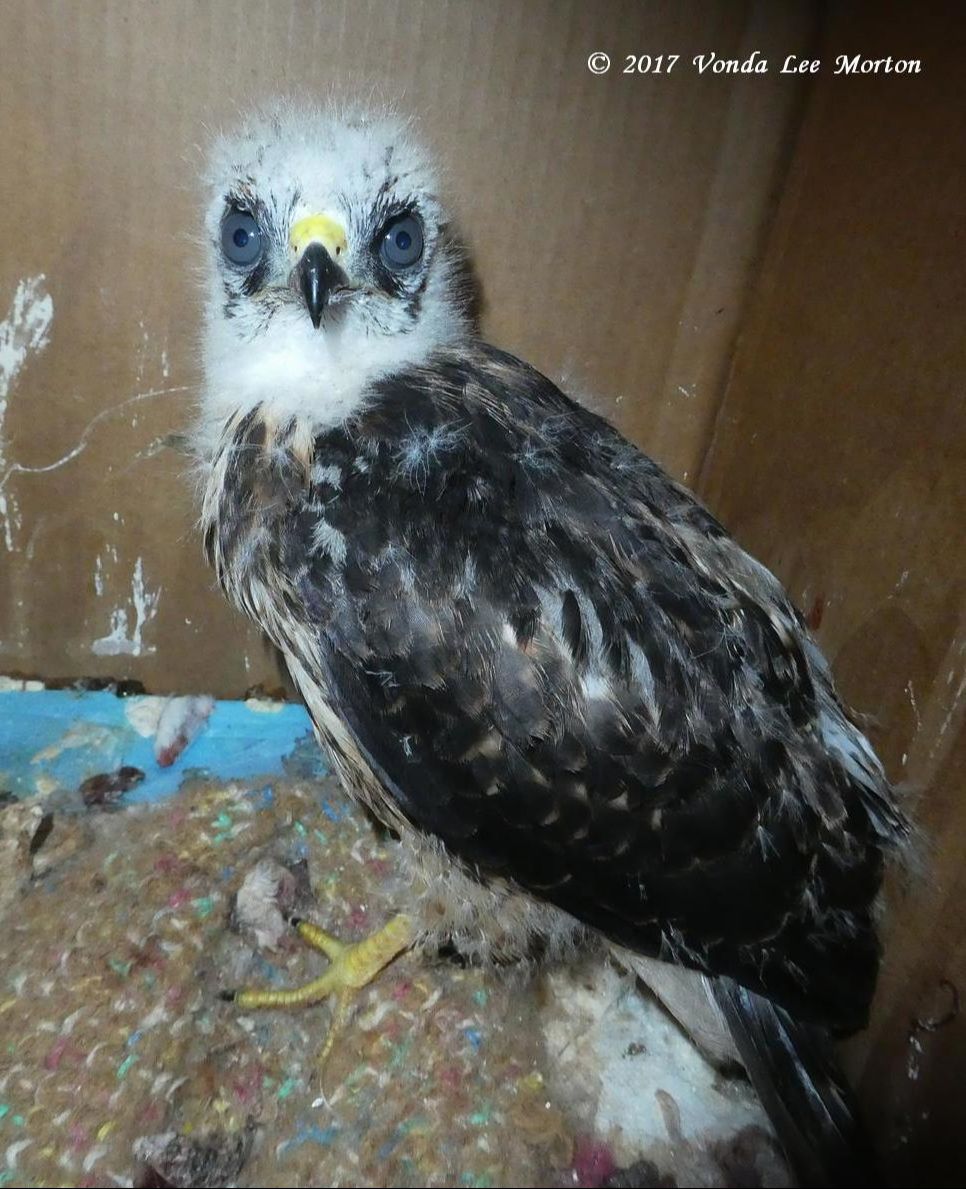
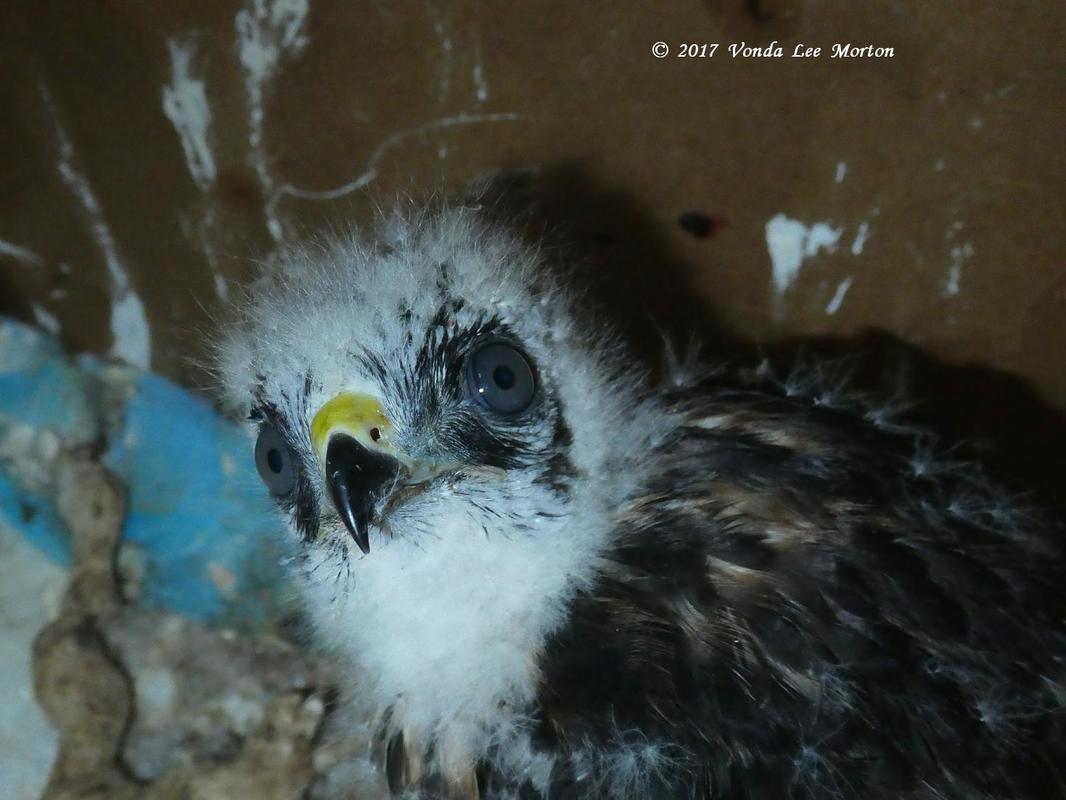
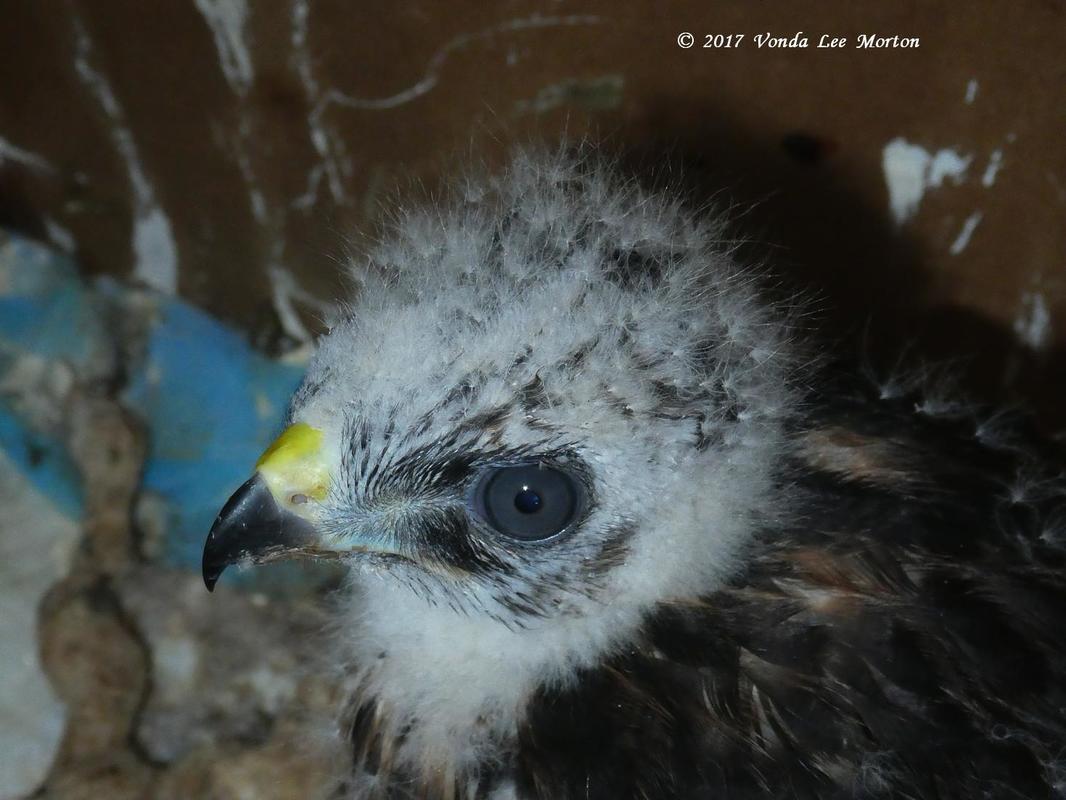
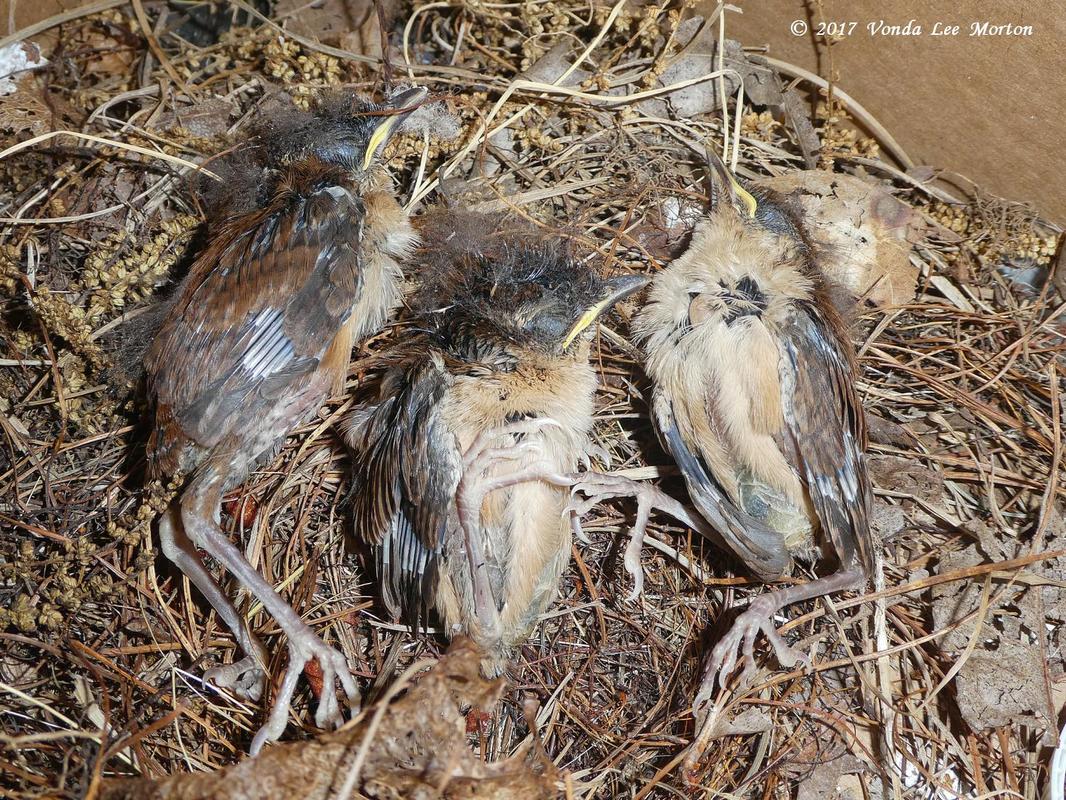
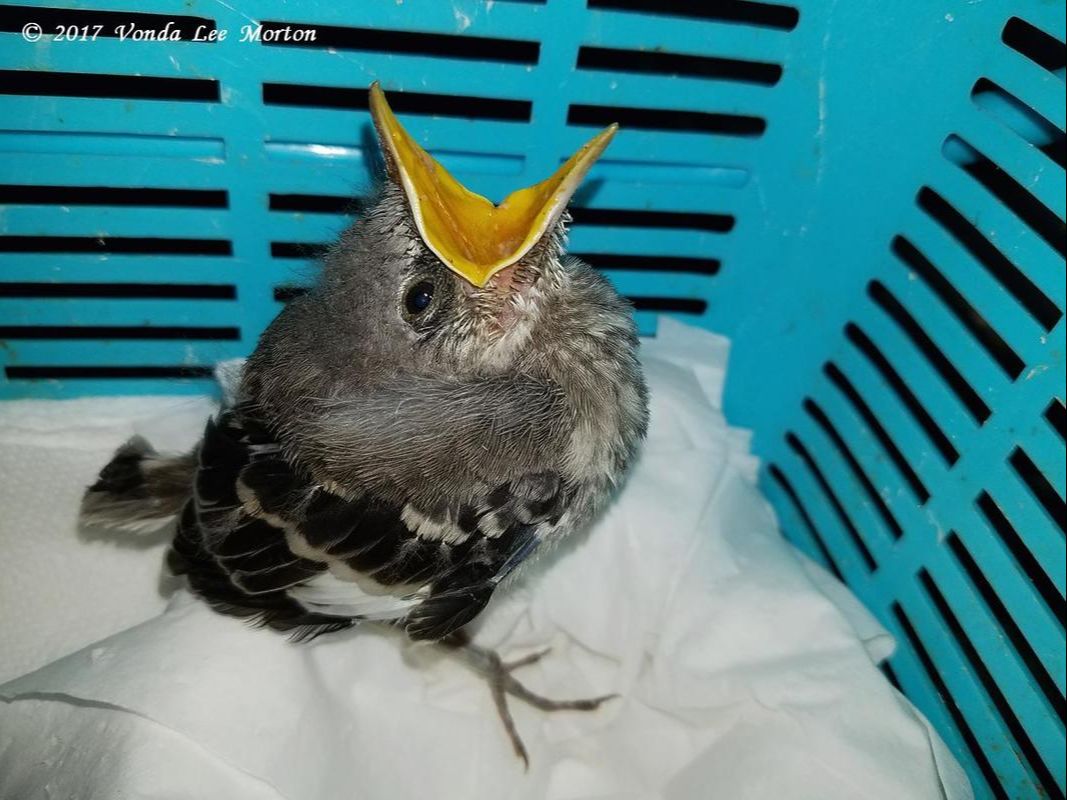
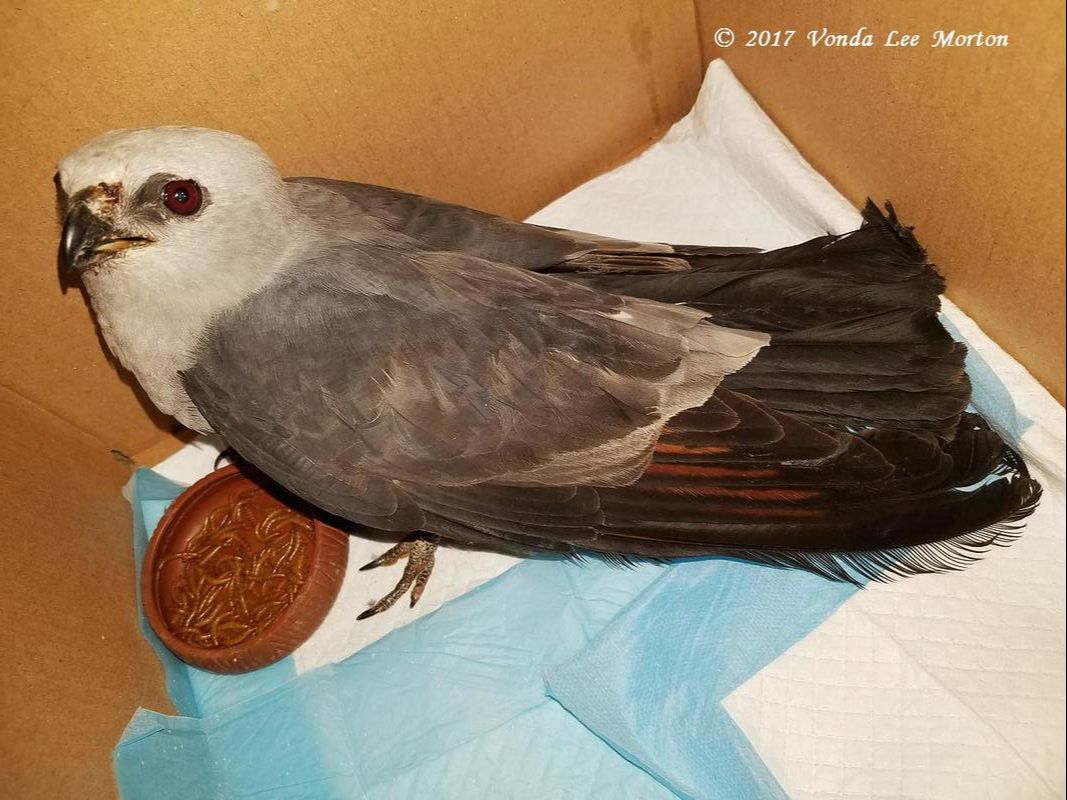
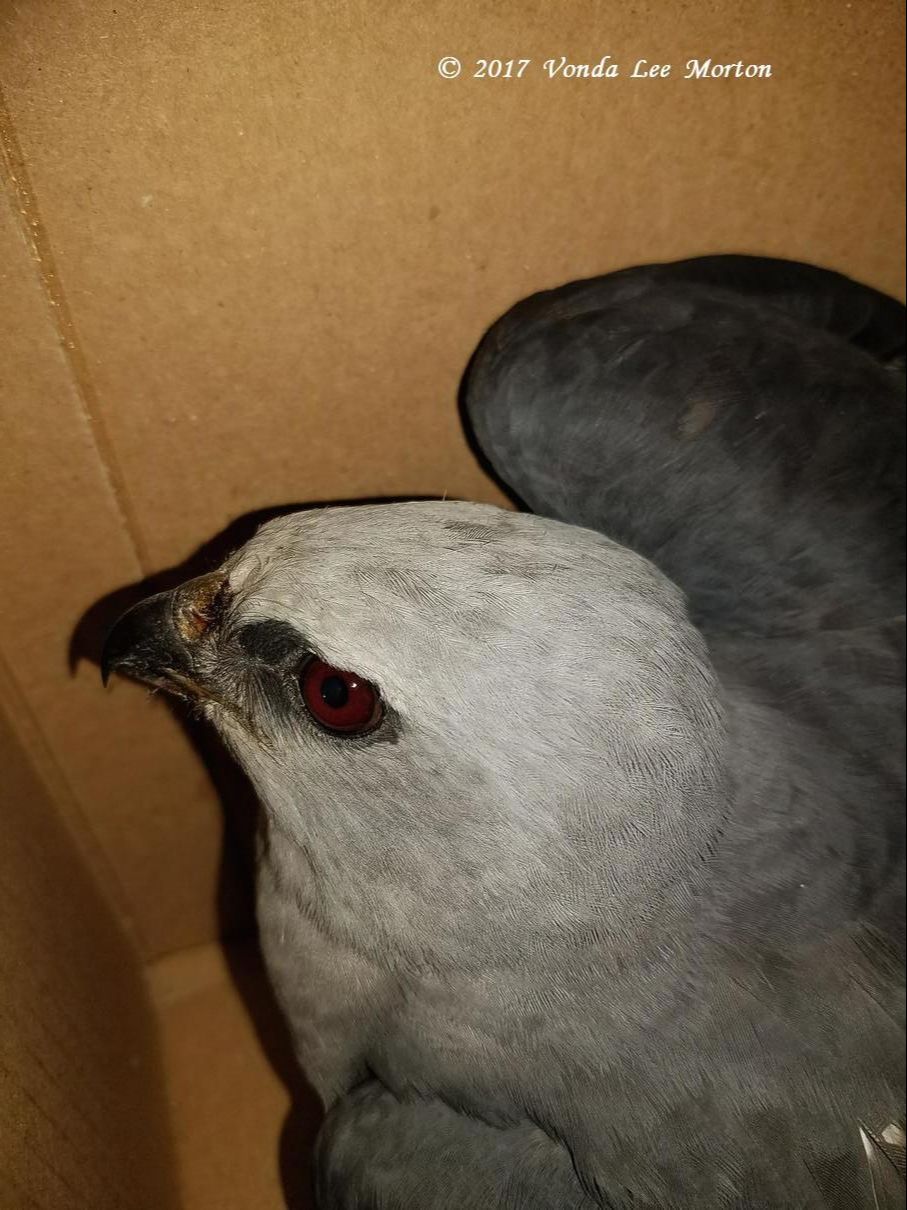
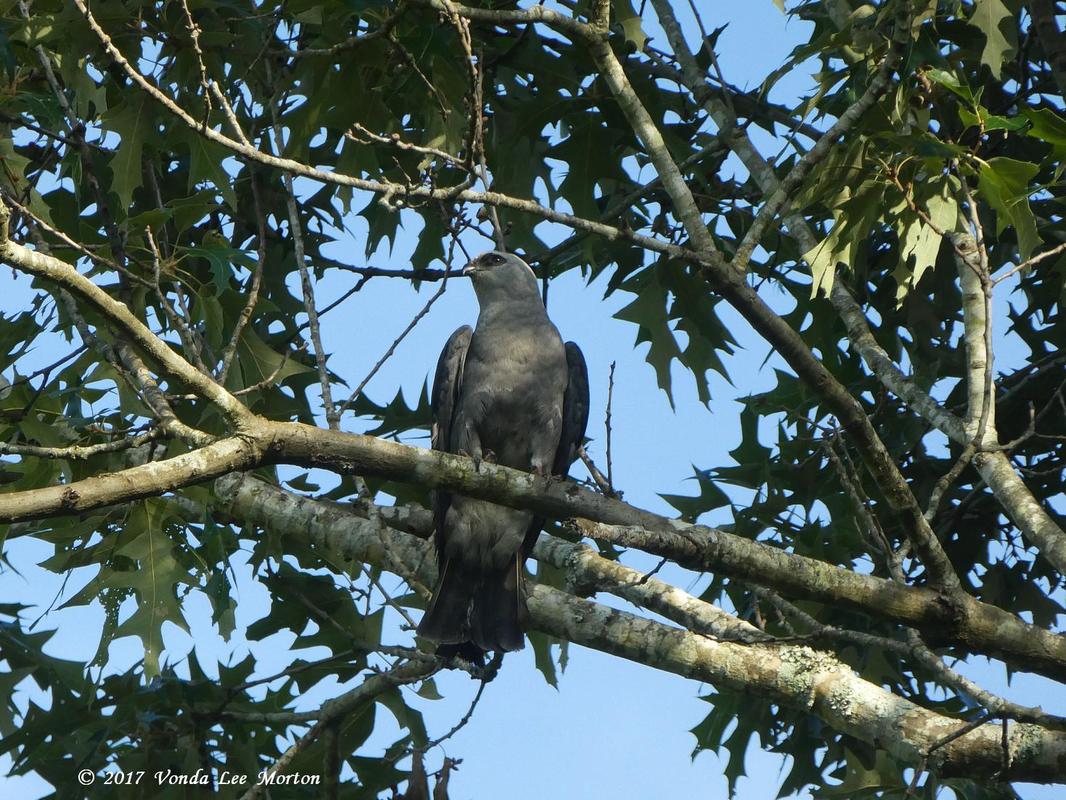
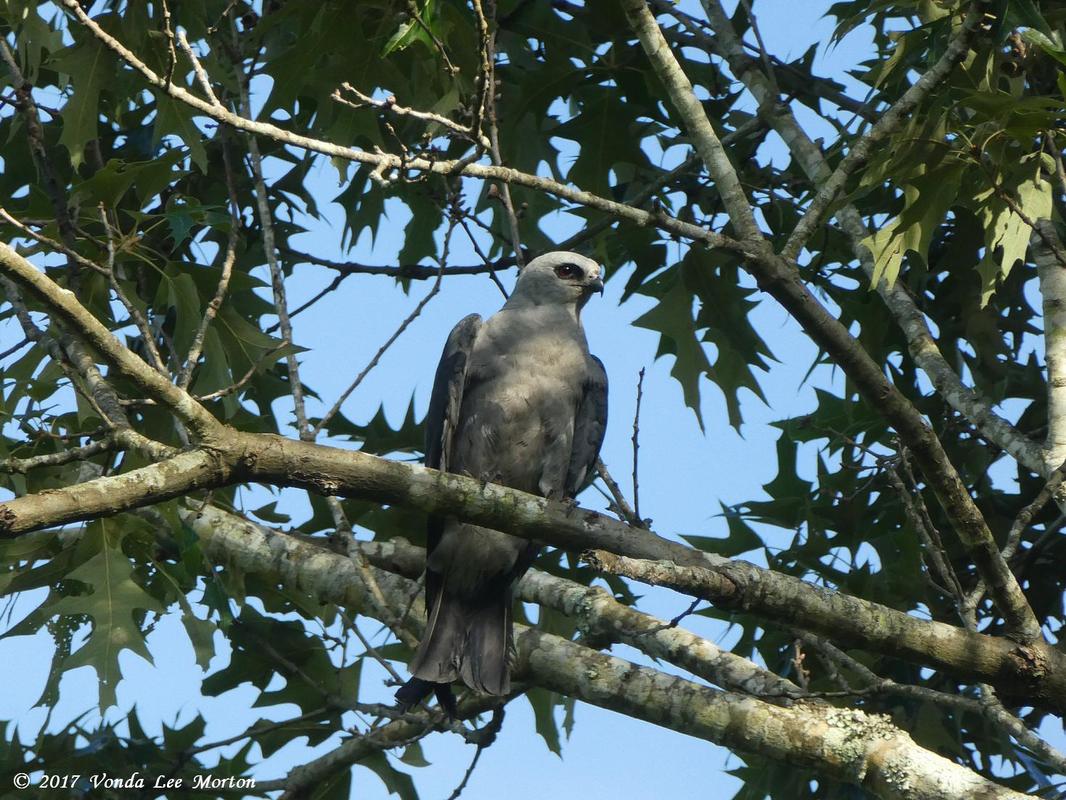
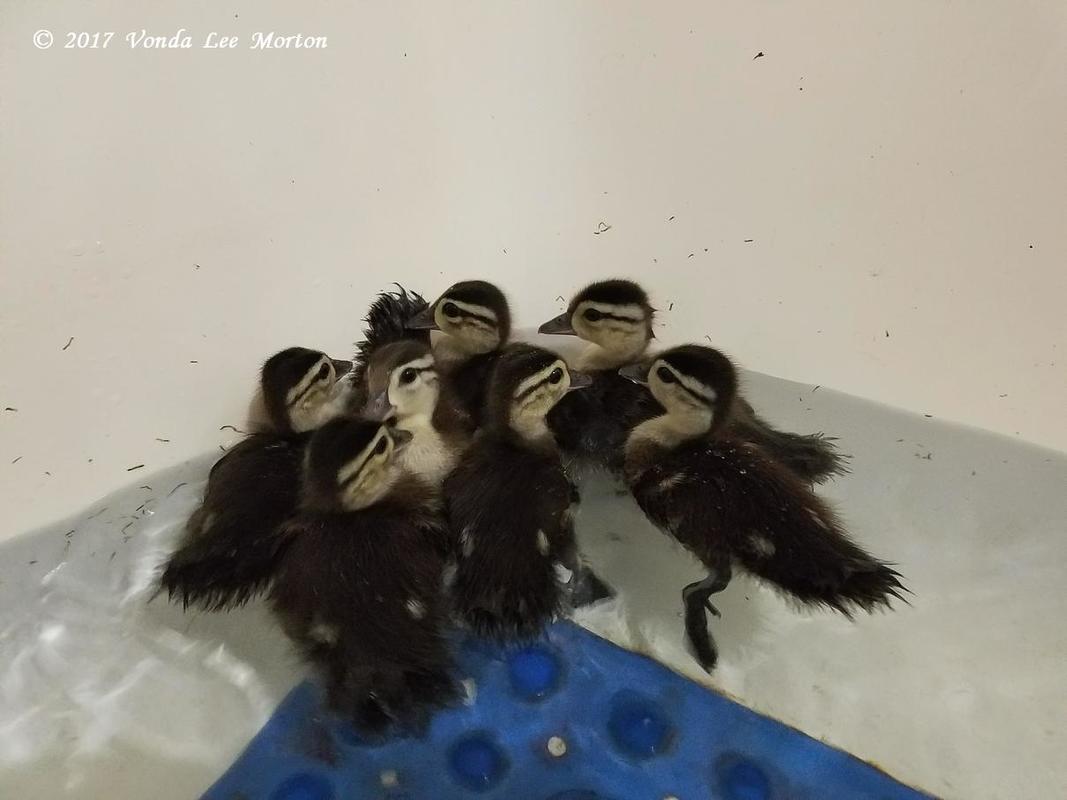
 RSS Feed
RSS Feed
